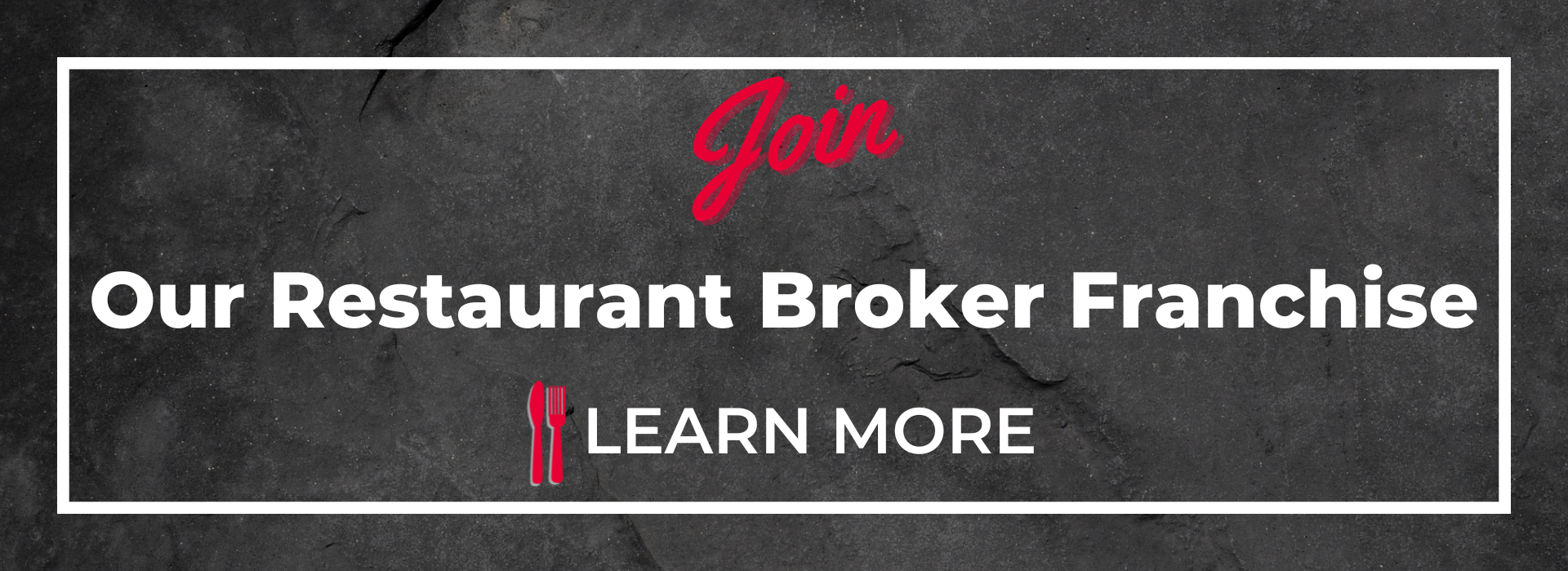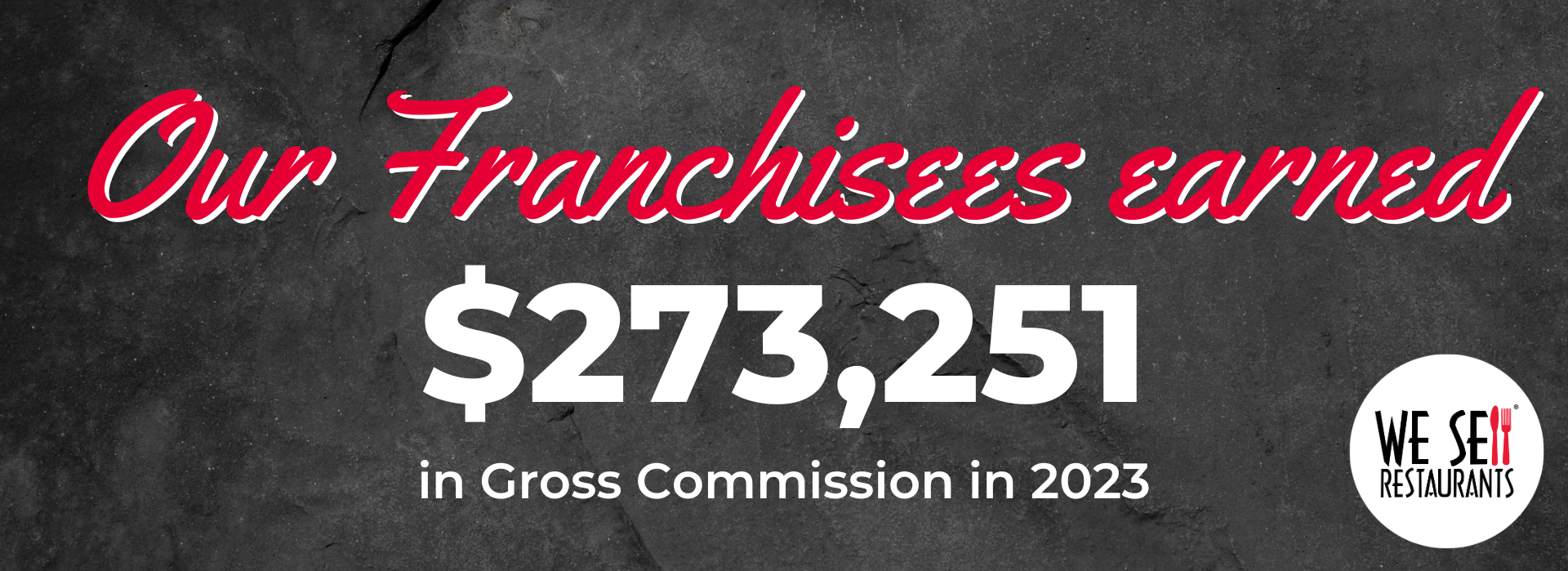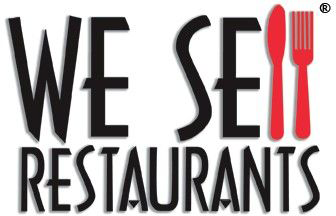It is not uncommon to see large and otherwise sophisticated brands struggle when it comes to their restaurant franchise resales. Many, unfortunately, don’t have a well-defined strategy. For others, the plan may not be well communicated, shared through the operational and sales ranks or is seen as secondary to their primary sales function.
That is a mistake. Years of industry research will show that restaurant franchise resales are the inevitable outcome of any successful sales program. Brands should anticipate that up to ten percent of their units will be in flux at any given time. The larger and more mature the system, the more likely they are to experience transfers. Why? Operators are frequently looking at ten year renewals and deciding not to move forward or commit capital to an upgrade or refresh. For others, they may simply be aging out to retirement. Post Covid, there is a higher velocity of sales than ever before due to operators experiencing burn out or exhaustion.
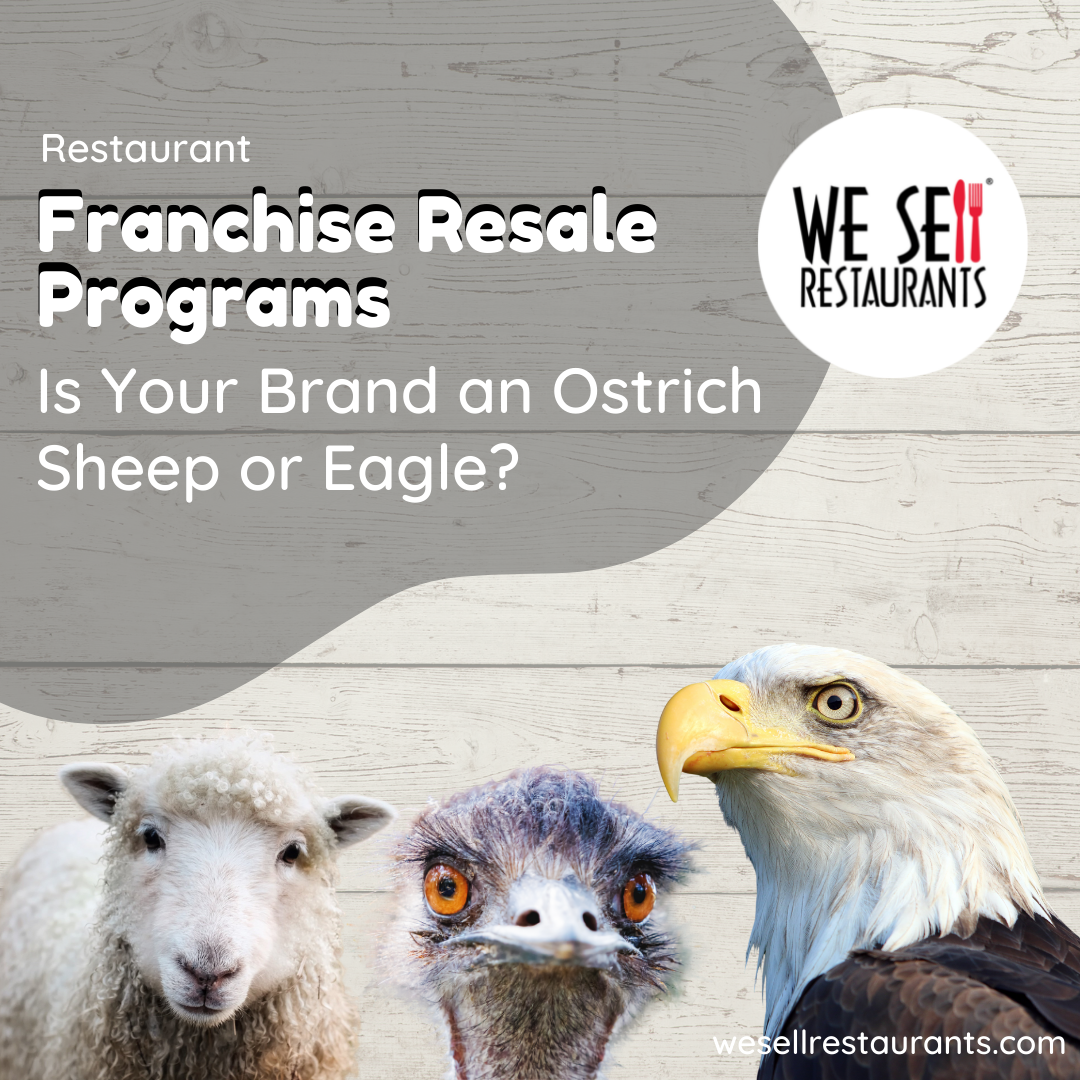
So how do some brands deal with restaurant franchise resales? Here are the three most common approaches I see.
The Ostrich approach –
As you may suspect from the name, the ostrich approach refers to brands that stick their head in the sand and pretend that restaurant franchise resales don’t happen in their system. This short sighted approach leads to several mistakes. First, by not acknowledging the turnover, there is no program or plan to address those who are moving out of the brand. This damages sales efforts for the development team. They may not be aware of those on the fence for leaving, and in validation efforts, may be caught off guard by someone explaining they are exiting the brand.
Secondly, it can lead to closed units. This occurs because there is no consistent effort made to remarket the opportunity within the ranks or to external clients. This can lead to the loss of strong doors where operators cease operations, sometimes without telling the brand themselves. These would-be restaurant franchise resale doors become units that fall away due to attrition even if they have favorable lease options and produce well for the system.
Lastly, since there is no acknowledgement of transfers, the operational elements of turnovers are lumped into the same checklist as a new sale or left to the seller. Both are bad scenarios. Operations should play a strong role in transfers and make sure that the appropriate training and support are part of any restaurant franchise resale situation.
The Sheep Approach –
In the sheep approach, the brand attempts to herd all would-be sellers toward existing franchisees. The problem with this approach is that internal candidates rarely pay the highest and best value for the store. This leads to a depression in pricing of any franchise restaurant resale within the brand, a message that spreads and can affect the investment in new development by existing franchisees.
Other issues created by this approach is the dichotomy of representation. The brand is stuck between their outgoing franchisee to whom they owe a loyalty and their incoming franchisee for that same location. It is not uncommon to see a request to referee disagreements in the transaction. With all the sticky details of turnover, who gets priority in the process? How are differences decided? The sheep approach feels good and masquerades as a strategy but as soon as the buyer pool shrinks because the existing franchisees aren’t interested, the seller is out of luck. The opportunity is not being presented outside of the brand.
The sheep approach to a restaurant franchise resale program often aligns with untrained operations or marketing team members assisting in valuations. This creates other incumbent legal issues in addition to the conflict of interest already established.
It is also common to see brands using the sheep approach who have totally buttoned up approval processes for new franchisees fall apart when an external candidate comes to the table to buy an existing store. They know how to qualify and process new candidates and add new stores to an existing operator’s portfolio. However, their development teams are focused on opening new doors and transfers can get lost in the mix. Because operational and sales goals aren’t aligned, unrealistic remodel requirements are sometimes presented at the wrong point in the sales process. This leads to deals that fall apart and leave the current franchisee and seller frustrated with their franchisor.
The Eagle Approach –
The final and best approach is that of the eagle. The brand looks out over the landscape with a discerning eye and knows that units will transfer within their brand. They develop entire franchise resale strategies and relationships. They educate their internal teams about holding discussions related to succession planning and turnover. They identify candidates within their brand at risk for renewal and those non-compliant with the system to prioritize them for transfer.
Once they identify candidates for turnover, they engage with a restaurant franchise resale specialist. These external resources are aware of their financial and experience requirements and bring qualified buyers to the table. Negotiations and valuation are outsourced to this independent third party which is where they should be.
Those using the eagle strategy look at their FDD and set fair and reasonable transfer fees based on the long term value of retaining that unit versus a one-time lump sum. Fees on transfers processed by We Sell Restaurants this year ranged from a low of $2500 to a high of $42,500. A brand pushing a transfer fee at the high end of the spectrum is placing a barrier to transfer in place, not helping existing franchisees who want or need to exit.
Eagles also carefully monitor the refresh and upgrade requirements so there are no surprises. They don’t get greedy and see a transfer as a time to require an entire refresh of the unit unless they are interested in running off buyers who are already investing capital to acquire the store. That doesn’t mean minor changes can’t be requested but if a store is selling for $90,000 and the brand wants another $150,000 in refresh and upgrades, odds are, the deal is dead.
Eagles also give away new term instead of charging for it. One major brand in our portfolio of clients always issues a new 10-year agreement for a minimal transfer fee. Why? Weigh the cost of acquisition for a new franchisee in your system. If your development team understands your cost per lead and cost to close, it is far cheaper to simply give away a new 10-year term versus trying to charge something (even half of the new franchise fee) to retain a door already in your system. This is a best practice. Give away the term and sign the new operator to ten more years.
Another brand we work with routinely tries to squeeze an extra $12,500 (half their existing fee) out of their candidates on top of the franchise fee. Guess which brand gets more transfers done? That’s right. Penny wise and pound foolish. Eagles have excellent long range vision. They are focused on the future ten year revenue stream, not the quick hit they get at the closing.
Support from a franchise brand takes many forms. A restaurant franchise resale program should be offered to those who invested in your brand and operated successfully and faithfully over their term. They deserve the respect afforded by the eagle approach which maximizes the return on their investment and allows for a smooth transition and transfer.
If you are a franchisor afraid you are operating as an ostrich or a sheep, schedule a call for a full evaluation of your restaurant franchise resale program. We’ll do an entire review of your process and help you establish a strategy for success in your system.
Read also, Are Franchise Resales More Valuable? Yes. Here's Why.

Robin Gagnon, Certified Restaurant Broker®, MBA, CBI, CFE is the co-founder of We Sell Restaurants and industry expert in restaurant sales and valuation. Named by Nation’s Restaurant News as one of the “Most Influential Suppliers and Vendors” to the restaurant industry, her articles and expertise appear nationwide in QSR Magazine, Franchising World, Forbes, Yahoo Finance, and BizBuySell. She is the co-author of Appetite for Acquisition, an award-winning book on buying restaurants.
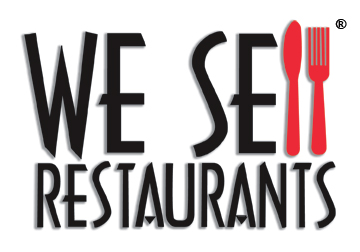
 404-800-6700
404-800-6700

